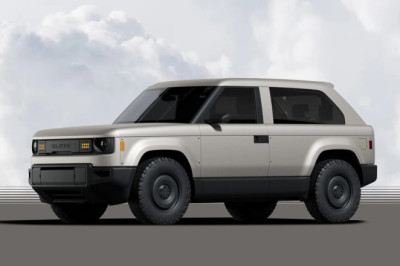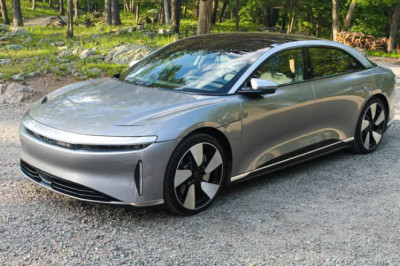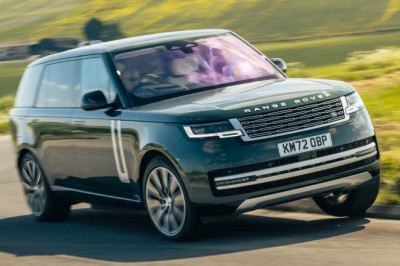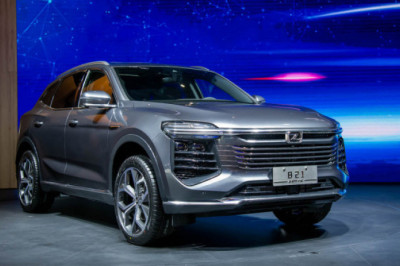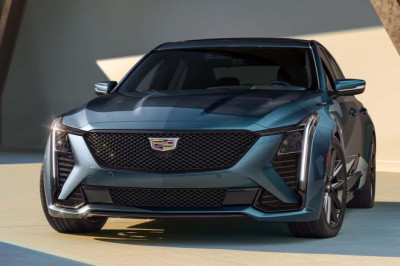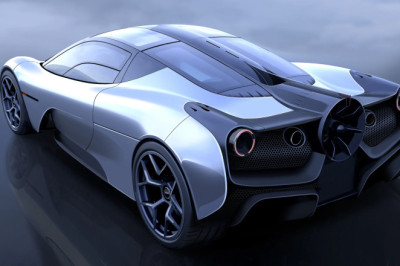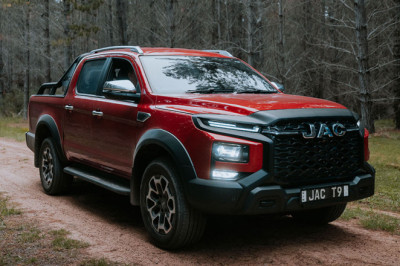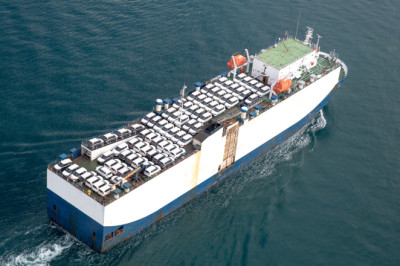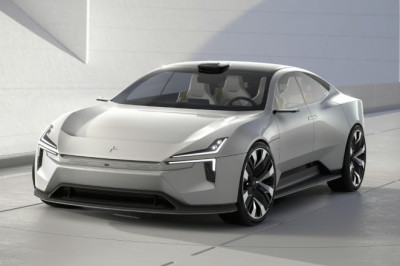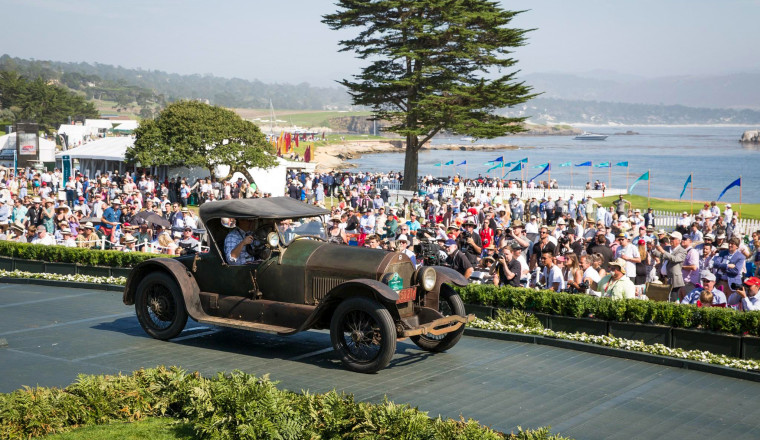
I’ve loved Brass Era cars since I was a little kid back in the early 1960s, when I would go with my dad to Hershey, Pennsylvania for the big flea market and car show. The car that got me excited about this period of automotive history was the American Underslung, which was designed by the amazing Harry Stutz. The Underslung got its name from the way the chassis was located below the axles rather than set on top of them. The engine, transmission, and body were placed within the frame rails, hence the name “Underslung.” It had enormous 40-inch wheels that towered over 5-year-old me, and I thought it was the coolest car ever. I decided that I would own one when I “grew up,” and eventually I did.
I recently added another brass car to my collection, a 1910 Stevens-Duryea that is totally original and has a terrific story. I bought it from my good friend Bill Alley, who competed as a javelin thrower in the 1960 Olympics and is a big collector of Veteran cars up in northern Vermont. I had been after a Stevens-Duryea for more than 20 years and had the opportunity to buy Bill’s when it came up for auction this past March.
The Duryea Motor Wagon Company was founded by brothers Charles and Frank Duryea; in 1893, their company built what many consider to be the first American gas-powered automobile. The brothers later split up and Frank formed Stevens-Duryea, which built cars in Chicopee Falls, Massachusetts, from 1901 to 1927. The Stevens-Duryea factory was located next to Spalding, the manufacturer of sports equipment. Albert Spalding, the founder, visited the factory a couple times a year, and during a visit in 1910, he bought a Stevens-Duryea automobile. He stored it in the Spalding factory until 1946, when it was bought by a gentleman from Boston. Bill Alley bought the Stevens-Duryea in the early 1990s. The car is completely original.
When I take a car of this era to shows, people ask me, “How can you drive such an old car? Aren’t you scared?” I tell them, “Once you drive one, you’re hooked. It’s the thrill.” With these old cars, you don’t just hop in, put the key in the ignition and turn it and off you go. There’s a procedure to everything. When you’re driving it, you’re totally immersed in the experience. You can’t listen to the radio—because there’s no radio. You must be completely focused. These cars have weak brakes, and they’re only on the rear wheels, because designers hadn’t yet figured out how to make the front wheels steer and brake at the same time. When you’re going 50 mph, you’ve got to be prepared for someone to pull out in front of you. Instead of looking 200 feet down the road, you have to look 1000 yards ahead.
Another one of my favorite old cars is the 1921 Stutz Bearcat I once owned. It’s not considered a Veteran car, but it’s still a blast to drive. It’s got a 360-cubic-inch four-cylinder engine with four valves per cylinder. It makes 88 horsepower, which is more than four times that of a Ford Model T of a similar vintage. I found the Stutz in April 2015 in the middle of a plantation near Statesboro, Georgia. It had been parked in a barn by the original owner and left there for almost 100 years. The car was like a time capsule. The engine’s cylinder head had been removed to clean the carbon buildup. Once the Stutz was at my shop back in Connecticut, we were able to get it running. I decided to leave the car as it was, because it was so authentic. We even found the original, handwritten build tag under the front seat with all the Bearcat’s serial numbers.
In August 2015, I took the car to the Pebble Beach Concours d’Elegance and entered it in the Preservation class. When the awards were announced, I was disappointed it didn’t win an award for its class. I was only disappointed for about 15 minutes, though, until the concours officials came over and said, “Wayne, we need you up to the podium for a special award.” Well, they gave me the FIVA Prewar Trophy, which to me was the best award of all. The highlight of the event was taking the Stutz on the Tour d’Elegance, which is a drive from Pebble Beach to Big Sur and back. My favorite memory is of my good buddy Ralph Marano, a noted Packard collector, sitting on the mechanic’s seat on the side of the Stutz. He’s hanging on for dear life but wearing a giant smile on his face and loving every minute of it!
This story first appeared in the July/August 2025 issue of Hagerty Drivers Club magazine. Join the club to receive our award-winning magazine and enjoy insider access to automotive events, discounts, roadside assistance, and more.





